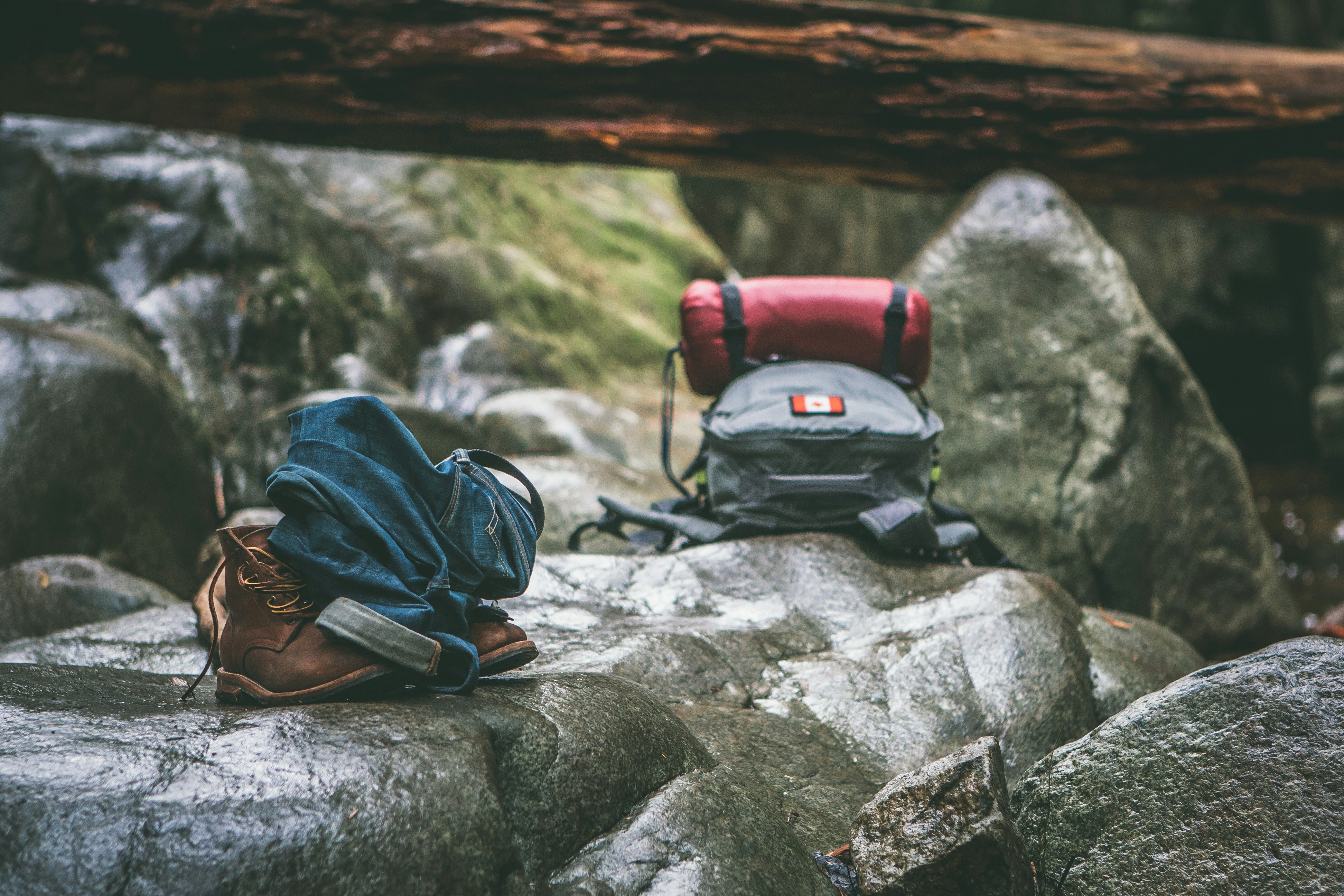Rucksack Weight Distribution: How to Pack a Ruck (Step-by-Step)
· 7 min read · rory@getrucky.com
rucking gear packing

Rucksack weight distribution matters. A well-packed ruck feels lighter, breathes better, and saves your shoulders and lower back. This step-by-step guide shows exactly how to pack so weight rides high and close to your spine and stays stable on flats, hills, and turns.
- Heaviest items high and close to the back panel; light/bulky items as fillers.
- Stability beats density: no slosh, no swing, no bounce.
- Protect hotspots: soft interface at the lumbar, shoulder webbing flat, no hard corners.
Step-by-Step: How to Pack a Ruck
- Back panel first: Place a thin foam pad or folded towel against the back panel to smooth out seams and improve airflow.
- Heaviest weight high/close: Ruck plate or dense items go in the high inner sleeve or strapped tight near the top. Avoid low slouching weight.
- Stabilize with fillers: Use clothing, a hoodie, or a small towel to block lateral movement—no gaps around the weight.
- Soft buffer at lumbar: Prevent hard edges on the lower back with a rolled tee or towel.
- Even external straps: Cinch top and bottom evenly so the load sits snug without deforming the pack.
Field Example: The Grocery-Pack Fix
Jordan used two 10 lb rice bags and a water bladder in a commuter pack. The rice slid to the bottom and the bladder sloshed, causing forward lean and hot spots. We stacked the rice high, wedged them with a hoodie, and compressed the top straps. Slosh gone; posture improved; pace steady on 4% hills.
Checklist Before You Go
- Pick up the pack: does weight feel high and near the shoulders?
- Shake left/right: any swing? Add fillers.
- Lean forward/back: any slouch? Re-cinch top straps and compress the load.
- Strap check: shoulder straps equal length; no twisted webbing; sternum strap mid‑chest.
Rucking Calorie Calculator
Estimate effort by weight, pace, and grade with our free tool: Open the Rucking Calorie Calculator.
References
- Looney, D.P. et al. (2022). Modeling the Metabolic Costs of Heavy Military Backpacking (LCDA). Med Sci Sports Exerc. Open access.
- Knapik, J.J. et al. (2004). Load carriage biomechanics and risk factors. J Strength Cond Res.
- Dean, C. (2016). Backpack load distribution and posture. Appl Ergon.
Where should the heaviest weight go in a ruck?
How do I stop items from sliding or sloshing?
Related Guides
- Weighted Vest and Ruck Fitting - Stop the bounce
- How Much Weight Should You Ruck With? - Start smart
- Gear Guide: Rucks and Vests - Comfort and durability
- Rucking Calorie Calculator - Estimate effort
Enjoyed this guide? Download the app to track your rucks, calories, and progress: iOS · Android